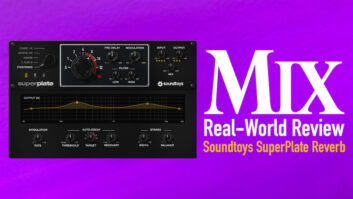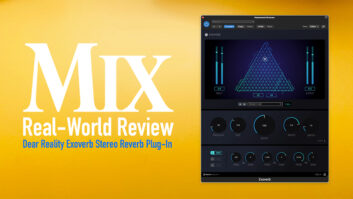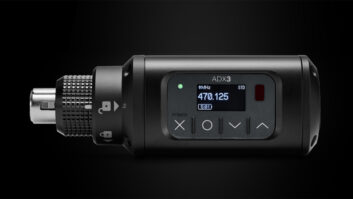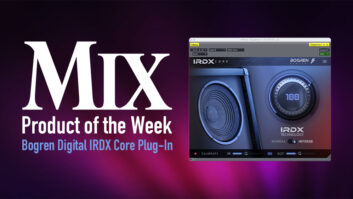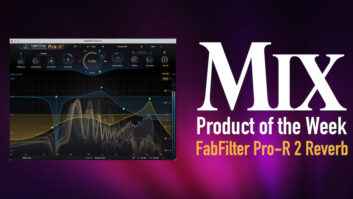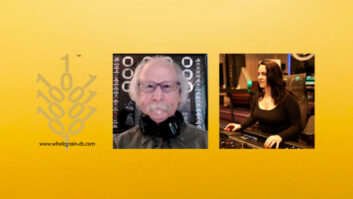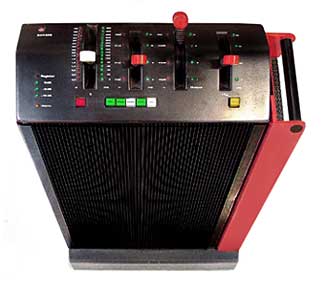
The first commercial digital reverb, the EMT 250 still maintains its value in studio production more than three decades after its debut.
Considered one of the pioneers of digital audio, Dr. Barry Blesser helped launch Lexicon in 1971 and developed the EMT 250, the first commercial digital reverb, in 1976. EMT (Elektromesstechnik) was no stranger to reverb, having created the classic Model 140 plate system back in 1957 and the gold foil Model 240 in 1970. As Blesser had designed a number of EMT analog products in the early 1970s, the collaboration of EMT and Massachusetts-based Dynatron made sense.

Dr. Barry Blesser, today
Barry Blesser and Karl-Otto Bäder designed the algorithms (U.S. patent #4,181,820); Dynatron’s Ralph Zaorski designed the digital hardware; and EMT built the converters, I/Os, power supply and the unique user interface, with its large upright chassis and rocket ship-style control levers for decay and delay. Its 400 ICs and 16K of memory of this one-in/four out unit required three fans and heat sinks covering the entire cabinet exterior. “We put the power supply on the outside and painted it red,” Blesser recalls. “We took all the problems and turned them into unique signature symbols.” (Click here to read/download the Blesser/Bäder digital reverberation patent.)
The EMT 250 carried a $20,000 price on its debut and some 250 units were produced, many of which are still in use today and valued for their effects and reverb sounds. A later model, the EMT 251, added an LCD readout, improved HF response and more flexibility, but the algorithm was not the same as the classical EMT 250. Barry Blesser remains active in audio today, both as a consultant to dozens of companies and as the author of the recent Spaces Speak, Are You Listening? Experiencing Aural Architecture book from MIT Press.

